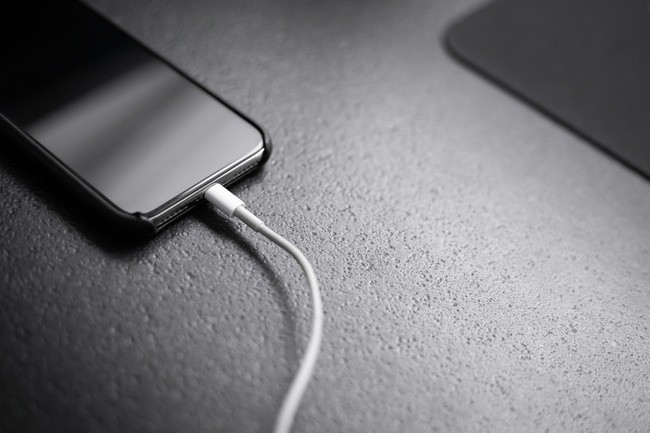In the constantly evolving world of smartphone technology, improving battery charging techniques has become more critical to increase device longevity.
The iOS and Android systems have added features for effective battery management.
Lithium-ion batteries, a feature of smartphones, age chemically over time and lose some of their capacity despite constant advancement. It's now easier to check the health of your battery.
Users of iPhones and Samsung devices can use diagnostic tools in Settings to keep an eye on the condition and state of their batteries.

Accelerators of battery aging, such as temperature changes and extended total charges, are significant concerning causes.
Although they go by many names, innovative charging features all have the same goal: they track usage patterns to postpone complete charges when a device is connected for an extended period, such as during the night or working hours.
Optimizing battery life requires familiarity with how to activate these options.
Turning On Adaptive Charging to Protect Battery Life
iPhone
Optimized Charging is the default setting on iPhones, accessible via Settings > Battery > Battery Health & Charging > Charging Optimization. Though typically activated by default, you can toggle it on or off here.
For iPhone 15 models, options include Optimized Battery Charging, 80% Limit, and None-older models lack the 80% option. Choosing the 80% Limit mode rarely fully charges the phone, stopping at 80% and resuming at 75% to enhance battery lifespan.
Occasionally, it fully charges for accurate battery life estimations.
Google Pixel
On Pixel phones, Adaptive Charging functions are similar to the iPhone's Optimized Charging. Usually activated by default, you'll receive a charging message when this feature is used.
To toggle Adaptive Charging, navigate to Settings > Battery > Adaptive Charging. It's advisable to keep this feature on for better battery health, though if necessary, you can turn it off to charge your phone to 100% faster.
Samsung Galaxy
Samsung Galaxy phones also offer a smart charging feature known as "Protect battery," similar to Google and Apple's adaptive Charging.
By default, it limits charging to 85%, enhancing battery longevity unless manually disabled.
To access this feature, navigate through Settings > Battery and Device Care> Battery > More battery settings. Unlike other brands, this setting isn't activated by default on Samsung devices, requiring manual activation, and lacks on-screen alerts to indicate its status.
Tips for Faster Phone Charging
For faster phone charging, follow these tips: Use a wall socket for faster Charging compared to USB ports. Power down your phone to direct all power to the battery.
Avoid using it while charging to conserve energy. Activate airplane mode to limit connectivity and enhance charging speed.
Upgrade to a heavy-duty, fast-charging cable for improved performance. Consider a portable charger for on-the-go power.
These methods ensure optimal charging conditions, prioritizing direct current, minimal usage, and efficient cables to expedite charging for both iPhone and Android devices.
What Affects the Longevity of Lithium-ion Batteries
Battery charge cycles, indicating complete drain and recharge, affect a lithium-ion battery's longevity. The degradation of a battery increases with each cycle, impacting its overall lifespan.
Chemical reactions within the battery, like the loss of mobile Li-ions due to side reactions with the electrolyte, limit the ions' movement between electrodes.
Additionally, structural damage to the electrode from Li-ion movement impacts capacity. These factors-chemical degradation and structural disorder-contribute to reduced battery capacity and shorter lifespans in lithium-ion batteries.
© Copyright 2024 Mobile & Apps, All rights reserved. Do not reproduce without permission.

















